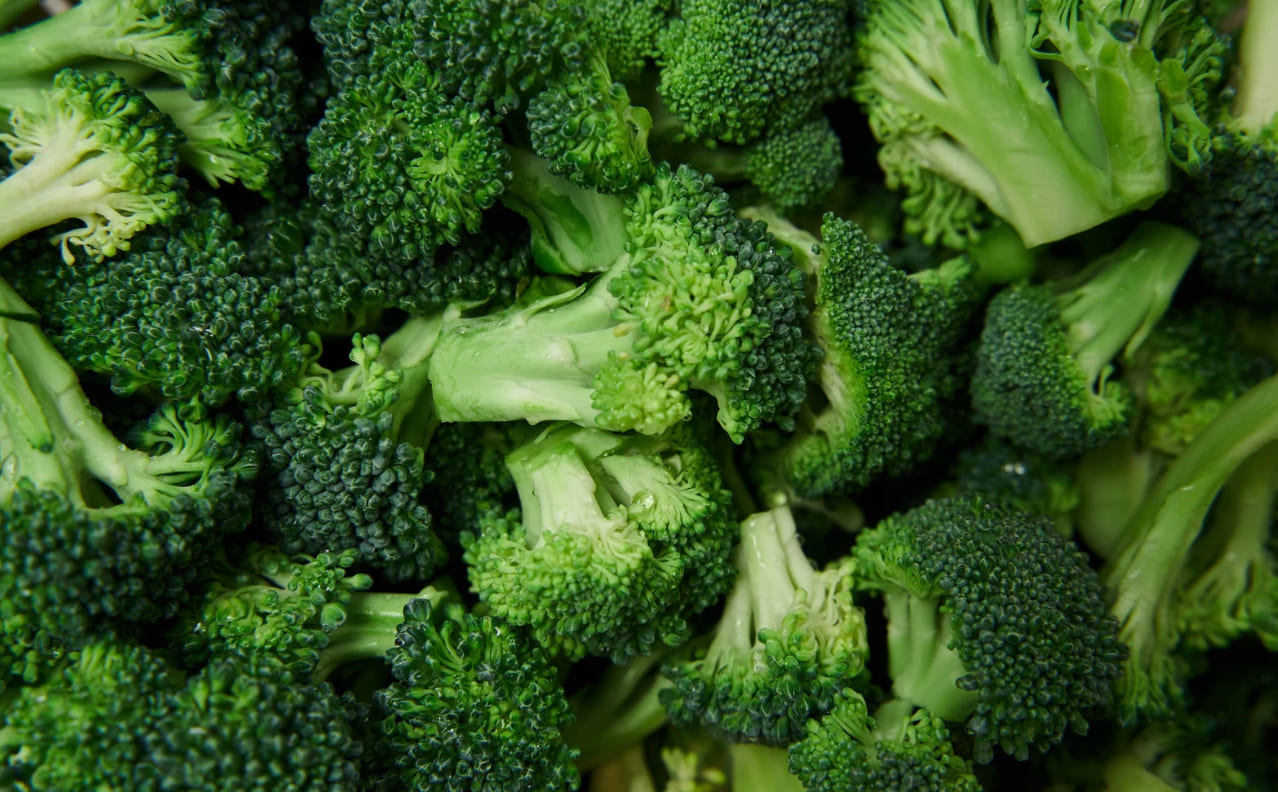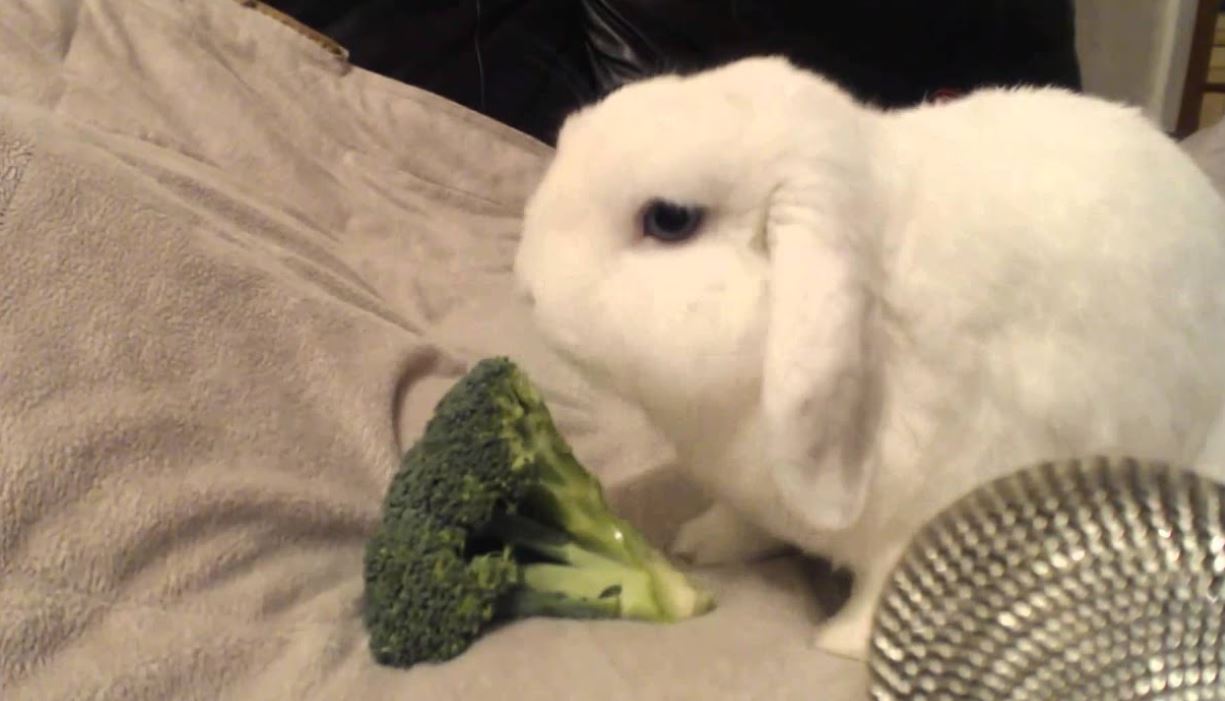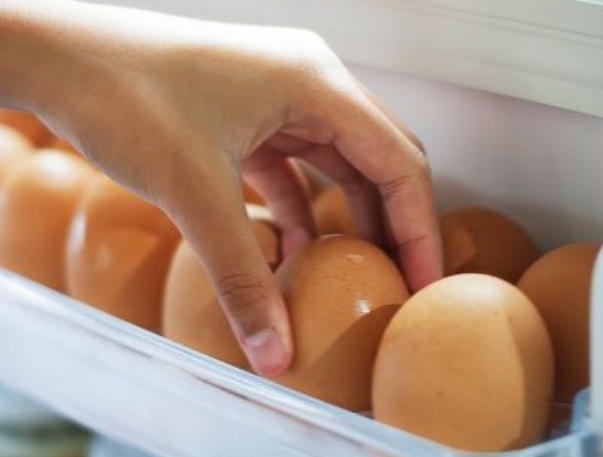
As someone who’s spent years working with fresh produce, I understand the critical importance of identifying spoiled broccoli. Fresh broccoli is not only a nutritional powerhouse but also a significant investment for both home gardeners and consumers. The ability to accurately assess broccoli’s freshness can prevent foodborne illness, reduce waste, and ensure you’re getting the most value from your produce. In this comprehensive guide, I’ll share professional insights on identifying spoiled broccoli, proper storage techniques, and expert tips for maintaining optimal freshness.
Table of Contents
Clear Signs Your Broccoli Has Gone Bad
Color Changes to Watch For
The color of broccoli is your first and most reliable indicator of freshness. Fresh, healthy broccoli should display a rich, deep forest green color throughout both the florets and stem. When deterioration begins, you’ll observe several distinct changes:
- Yellowing florets: This is typically the first warning sign of aging broccoli. The bright green florets will begin to take on a yellowish tinge, starting at the tips and gradually spreading. This yellowing occurs as chlorophyll breaks down in the vegetable.
- Brown or black spots: These discolored areas indicate decay has set in. The spots might start small but can quickly spread across the head. Any broccoli showing these marks should be carefully inspected before use.
- Pale or faded areas: When broccoli loses its vibrant green color and becomes pale or grayish, it’s showing signs of age and loss of nutrients. While not necessarily spoiled at this stage, it’s past its prime for optimal taste and nutritional value.
Texture and Firmness Tests
As a produce specialist, I recommend performing these detailed tactile assessments:
- Stem firmness test: Gently squeeze the main stem between your thumb and forefinger. A fresh stem should feel crisp and solid, with no give when pressed. Any sponginess or softness indicates deterioration.
- Floret inspection: The tiny buds making up the florets should be tight and compact, forming a dense, uniform surface. If you notice the florets becoming loose or spreading apart, this indicates aging.
- Overall rigidity check: Hold the broccoli head by the stem and gently shake it. Fresh broccoli will remain firm and intact. If florets begin falling off or the head feels limp, the broccoli is past its prime.
Smell Indicators
The aroma of broccoli can tell you volumes about its freshness. Here’s a detailed breakdown of what your nose should detect:
- Fresh broccoli scent: When in prime condition, broccoli has a mild, earthy, and slightly grassy smell. This natural aroma shouldn’t be overwhelming or unpleasant.
- Warning signs: If you detect any musty, sour, or rotting odors, this is a clear indication that decomposition has begun. The smell may start subtly but will intensify over time.
- Sulforaphane release: When broccoli is cut into florets, it releases a compound called sulforaphane, which has a distinct smell. While a mild version of this smell is normal, an overpowering sulfuric odor suggests the vegetable is deteriorating.
Professional Storage Tips for Maximum Freshness
Refrigerator Storage Methods
Proper refrigeration is crucial for extending broccoli’s shelf life. Here’s my detailed professional approach:
- Crisper drawer placement: Store broccoli in your refrigerator’s crisper drawer, which provides the ideal humidity level. The drawer should be set to high humidity for optimal results.
- Air circulation: Use a perforated plastic bag or produce bag that allows for some airflow. Too much moisture trapped around the broccoli can lead to mold growth, while too little can cause dehydration.
- Temperature monitoring: Maintain a consistent temperature between 32-40°F (0-4°C). Temperature fluctuations can speed up deterioration.
- Isolation strategy: Keep broccoli away from ethylene-producing fruits like apples, pears, or bananas, as these can accelerate yellowing and spoilage.
Proper Packaging Techniques
The way you package broccoli can significantly impact its longevity:
- Initial preparation: Never wash broccoli before storage. Excess moisture promotes bacterial growth and accelerates spoilage.
- Paper towel method: If storing pre-cut florets, wrap the cut ends in slightly damp paper towels to maintain moisture without creating excess wetness.
- Container selection: Use breathable produce bags or containers with small ventilation holes. Avoid airtight containers that can trap moisture and speed decomposition.
- Regular inspection: Check your stored broccoli every couple of days for signs of deterioration and adjust packaging if needed.
How Long Does Broccoli Last?
Fresh Broccoli Shelf Life
Understanding storage duration helps plan your meal prep effectively:
- Fresh whole heads: When properly stored, fresh broccoli heads can last 3-5 days in the refrigerator. Farm-fresh broccoli might extend to 7 days.
- Pre-cut florets: These have a shorter lifespan of 2-3 days due to increased exposure to air and moisture.
- Storage variables: Shelf life can be affected by:
- Initial freshness at purchase
- Storage temperature consistency
- Handling methods
- Packaging quality
Prevention Tips from a Professional Grower
Selection Guidelines
Choosing the right broccoli is crucial for maximum storage potential:
- Head assessment: Look for compact, tight floret clusters with no flowering or separation
- Color evaluation: Select heads with deep, uniform green coloring
- Stem check: The stem should be firm and free from soft spots or blemishes
- Size consideration: Medium-sized heads often offer the best balance of freshness and maturity
Pre-Storage Preparation
Let me share detailed professional techniques for preparing broccoli for storage:
Initial Inspection and Cleaning:
- Carefully examine the entire head for any signs of insects or debris
- Remove any yellow or damaged leaves clinging to the stem
- Trim the woody stem end only if it shows signs of drying
- Never soak the broccoli head, as trapped moisture promotes decay
- If you must rinse, use a light mist and thoroughly dry afterward
Preparation for Different Storage Methods:
- Short-term refrigeration (3-5 days):
- Keep the head whole and unwashed
- Maintain stem length for moisture retention
- Place in a breathable produce bag
- Long-term storage (freezing):
- Cut into uniform florets
- Blanch for 2-3 minutes
- Ice bath immediately after blanching
- Pat completely dry before freezing
Common Storage Mistakes to Avoid
Temperature Management Errors:
- Leaving broccoli at room temperature for extended periods
- Storing near the refrigerator’s cooling elements where freezing can occur
- Frequent temperature fluctuations from opening and closing doors
Packaging Mistakes:
- Using airtight containers that trap moisture
- Storing in regular plastic bags without ventilation
- Overcrowding in storage containers
Handling Errors:
- Washing before storage
- Cutting florets too far in advance
- Storing damaged or bruised heads
Expert Tips for Extended Freshness
Daily Maintenance:
- Check stored broccoli daily for signs of deterioration
- Remove any yellowing florets immediately
- Adjust packaging if condensation appears
- Rotate older produce to the front
Seasonal Considerations:
- Summer storage requires more frequent monitoring due to higher humidity
- Winter-harvested broccoli often stays fresh longer
- Adjust storage methods based on seasonal humidity levels
Emergency Preservation: If your broccoli is starting to show early signs of aging but isn’t spoiled:
- Cut into florets and blanch immediately
- Process for freezing
- Use in cooked dishes within 24 hours
- Create broccoli soup or puree
Final Quality Assessment Checklist: Before using stored broccoli, always check:
- Floret firmness and color
- Stem rigidity
- Aroma
- Surface moisture levels
- Signs of flowering or separation
Remember: When in doubt about freshness, it’s better to discard questionable produce than risk foodborne illness. Professional growers and handlers always prioritize food safety over preservation.



